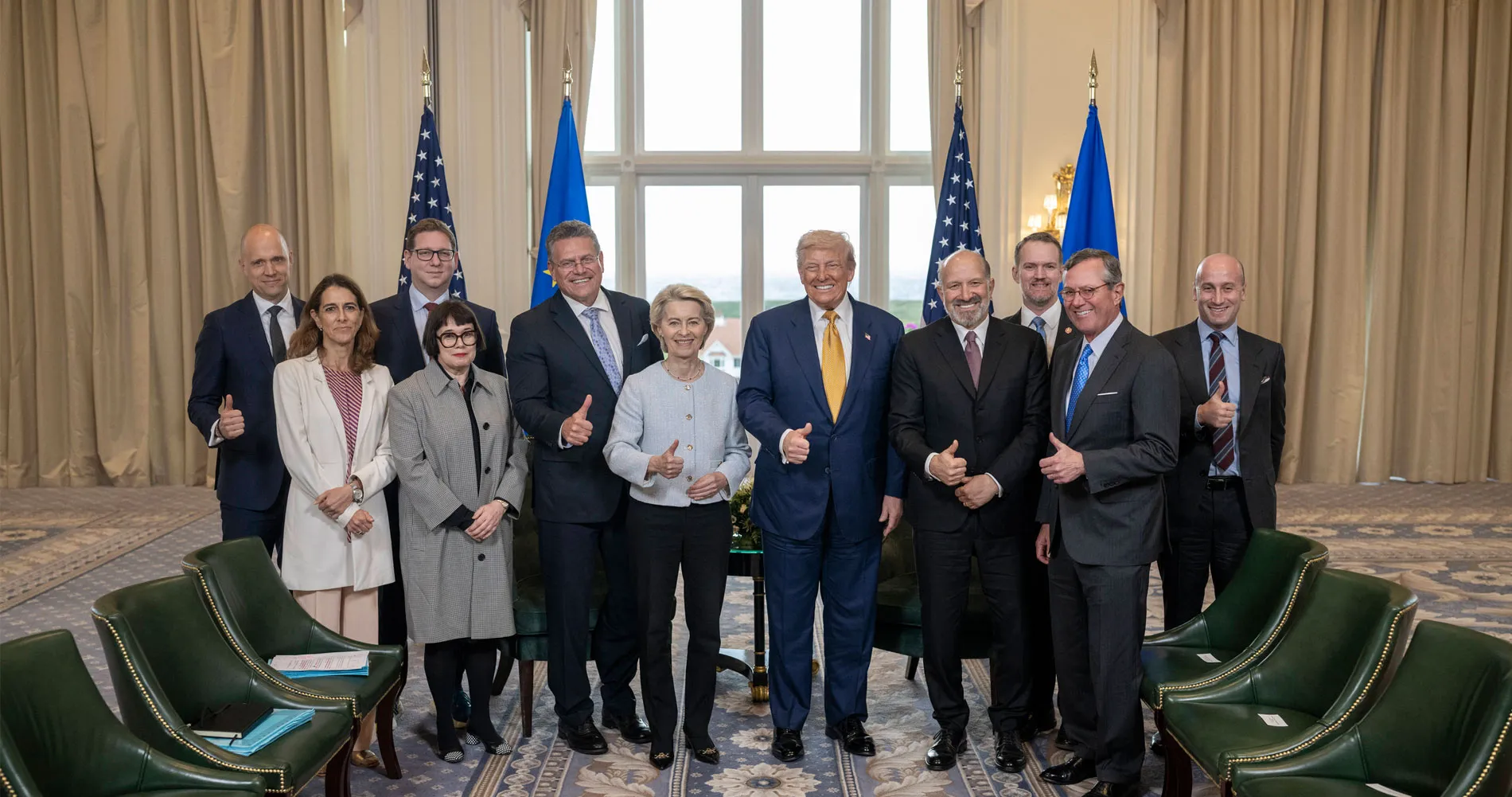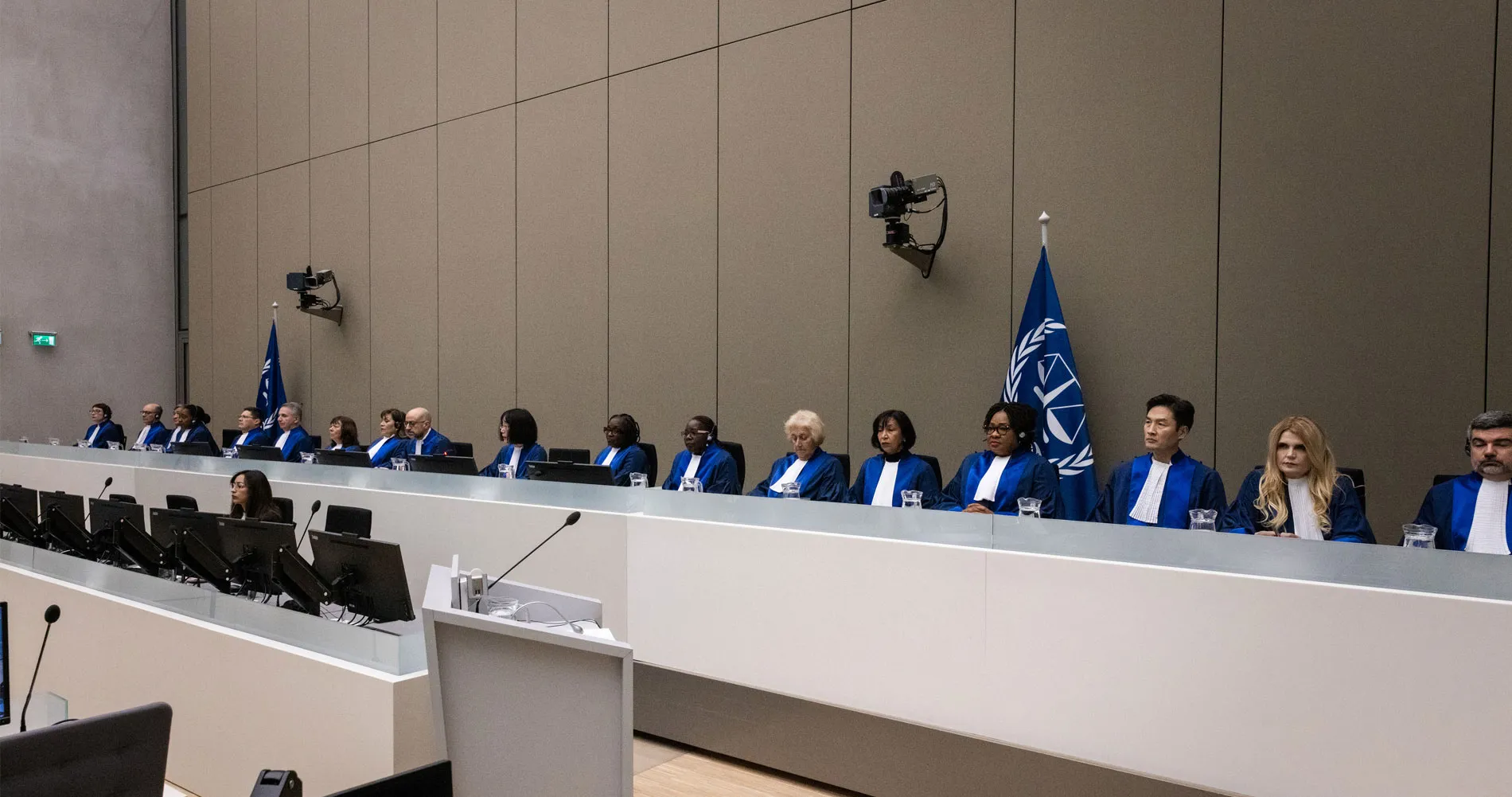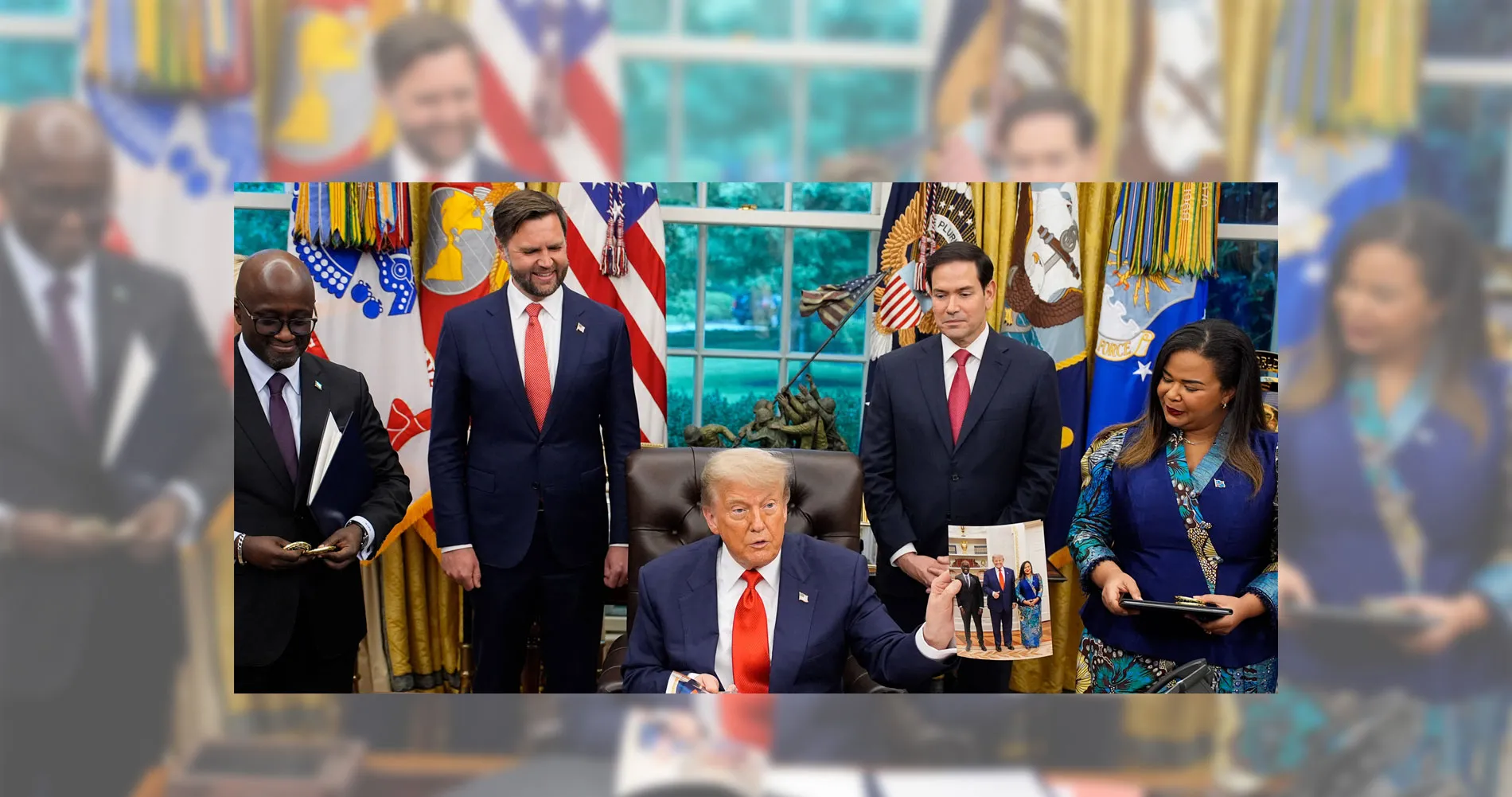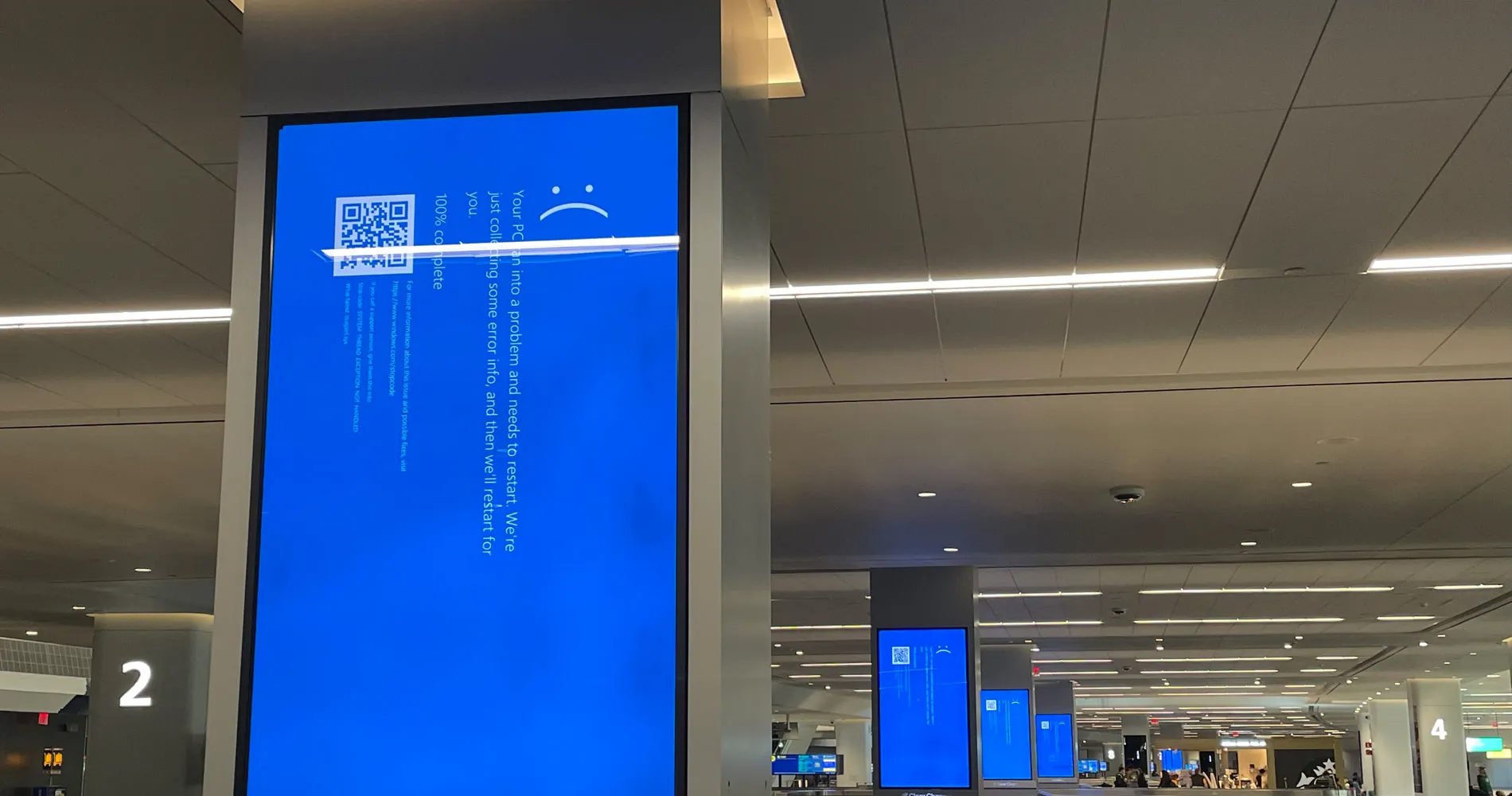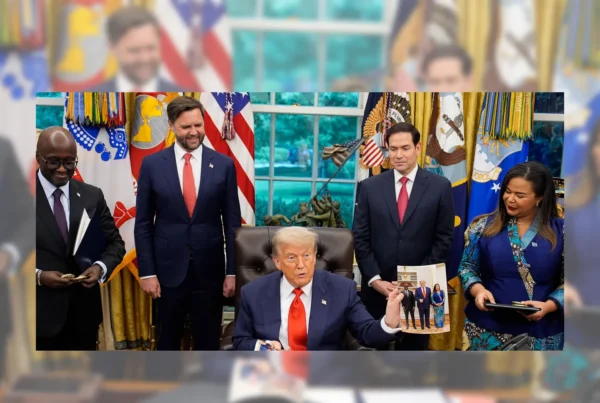As China strengthens its position in regions traditionally aligned with the US, alarm bells are ringing across Washington. Latin America is no exception. Yet a closer look at Beijing’s engagement with the OAS reveals a strategy built on soft power and diplomacy. What is the price for China’s involvement in Latin America?
Jihane Karimou
12 May 2025
Chinese version | German version | Russian version
China’s appointment as a permanent observer to the Organization of American States (OAS) in 2004 represented a strategic move to broaden its diplomatic footprint across Latin America. While observer status does not grant voting rights, it offers Beijing a strategic platform to engage with regional leaders, participate in multilateral dialogue and gradually influence policy narratives in one of the Western Hemisphere’s primary multilateral forum.
The OAS was founded in 1948. It brings together 35 states committed to democracy, human rights and regional cooperation. It serves as the region’s primary multilateral forum for political dialogue, electoral oversight, conflict resolution and collective action on democratic norms. Historically, the organization has been led by the United States. But with China’s growing role as an economic and diplomatic partner, the balance of power within the OAS is gradually shifting.
The country’s involvement is part of a broader strategy to deepen ties with Latin American countries through economic and diplomatic outreach. Alongside the Belt and Road Initiative (BRI), which extends China’s reach over critical mines, raw materials, ports and infrastructure developments. Its observer status in the OAS complements this effort by expanding Beijing’s soft power. Chinese Vice Foreign Minister Xie Feng has described this ambition as a push for a world shaped by “mutual support” and “multipolar order.”
While some fear that China seeks to control the OAS, many Latin American countries welcome China’s role in the OAS to balance the US/western influence. China is strategically positioning itself as a cooperative partner for Latin American countries.
US policy under President Donald Trump could accelerate this pivot to China. On 26 January 2025, a diplomatic crisis erupted when the Colombian President Gustavo Petro refused to accept deportation flights from the US. In retaliation, President Trump warned of imposing 50% tariffs on Colombian imports. Although the crisis was eventually de-escalated, it highlighted the new approach taken by the US administration, which is in stark contrast to the previous Biden administration.
Such incidents show why countries may be increasingly receptive to China’s model of perceived non-interference. According to President Xie, developing nations should not remain “at the low end of international industrial chains” and must resist suppression under the guise of “democracy” and “human rights.” This message resonates with countries seeking new paths for development and independence from the US. This independence from US comes at a price: the threat of US sanctions and secondary sanctions.
China’s strategy is not limited to Latin America. It has pursued similar engagement across Africa, Southeast Asia, and the Caribbean, joining regional bodies like the African Union and CARICOM, funding multilateral initiatives. These initiatives collectively raise China’s global profile and legitimacy on the world stage, while projecting an image of collaborative South-South solidarity.
At the same time, many Latin American governments are actively trying to diversify their diplomatic and economic options. Countries like Brazil, Argentina, and Mexico have shown an interest in multilateralism, seeking to balance their relations with both China and the U.S. rather than choosing sides. For these nations, China’s model of state-led investment, infrastructure development, and low political interference offers tangible benefits. China’s involvement does come with strings attached, such as concerns over long-term debt, loss of autonomy and environmental standards.
The United States, meanwhile, faces growing challenges in maintaining leadership within the OAS. Although it continues to advocate democratic norms, inconsistent engagement and a history of unilateralism have weakened its credibility. And while the Biden administration attempted to re-engage the region through initiatives like the Americas Partnership for Economic Prosperity (APEP), critics say that these efforts have been too modest and slow to materialize. Unless Washington significantly reinvests in regional diplomacy and development, its role is doomed to further decline.
Through its observer status, China is gaining visibility, building trust and extending its influence without the confrontational tone that characterizes some recent US policies.
Although China holds no formal power in the OAS, its participation signals a broader pivot. By engaging in the region’s leading diplomatic body, supporting development goals and projecting its model of pragmatic international cooperation, Beijing is reshaping Latin America’s foreign policy landscape.
As these global powers continue to court the region, the ultimate question remains: will Latin America leverage its strategic importance to assert its own agenda, or will it become a battleground for outside influence?





